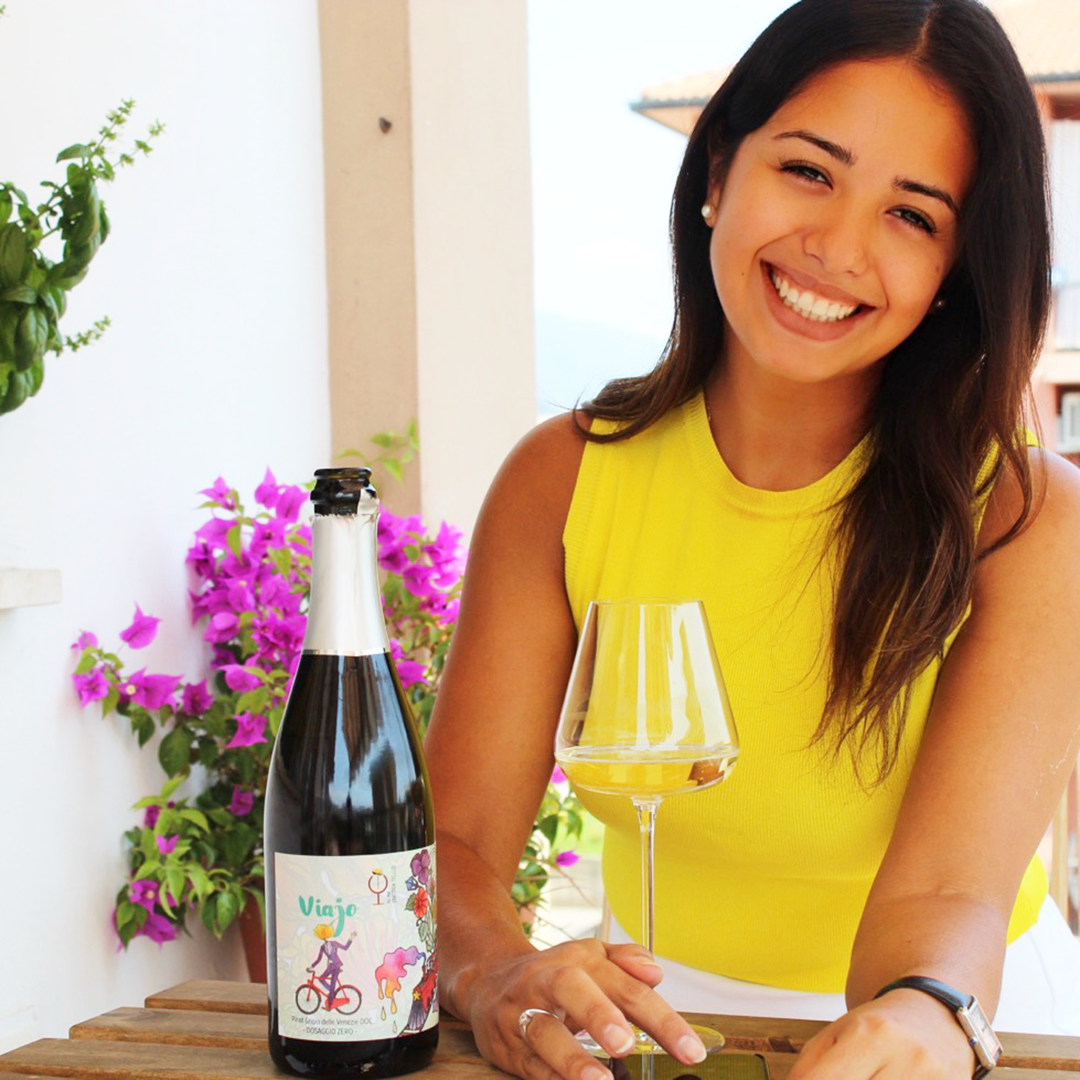
All of shades of tuscan wines
The particularity of Tuscany wines make people from all over the world come here just to try them out. Understand what makes them so special
The most important Tuscan wines are Brunello di Montalcino, Chianti and Vino Nobile di Montepulciano.
Despite the difficulty of summarizing in a single post about the wines of Tuscany, here is a general idea of this wonderful territory , its wines and their grapes.
What really makes this Tuscan wine special is even its territory. It is predominantly hilly and wine is produced in all the 10 provinces.
The best wines of Tuscany
What yields better in these wines so special are the terrain and the climate. The Tuscan hills are a perfect panorama for grapes to grow healthy and lush. * I can not deny that we feel very well too …
The predominant grape is Sangiovese, which is present in all DOC wines in the region, and can be “blended” with the Trebbiano, Cannaiolo or Tuscany Malvasia grapes.
Curiosities of the wines of Tuscany
The prestige of Tuscan viticulture in the world derives from the ability to fuse innovation and tradition, creating social, cultural and environmental value. The ability of entrepreneurs and enologist to identify vine varieties, clones, cellar and crop interventions to obtain quality productions recognized by the market, is one of the winning peculiarities of regional wines.
- 39 wine labels are DOC (Denominazione di Origine Controllata)
- 11 labels are classified DOCG of (Denominazione di Origine Controllata and Garantita)
Elba Aleatico Passito Wine: Isola d’Elba
It is a wine produced 100% in ale grapes. One of Napoleon Bonaparte’s favorite wines while resting on Elba Island. It is known as dessert wine, but it is not liqueur.
Brunello di Montalcino – Montalcino
The Tuscan wine Brunello di Montalcino (normal and riserva) is made from Sangiovese grapes, traditionally referred to as “Brunello” and is produced in the municipality of Montalcino, in the province of Siena.
“The wines of Italy 2013” of the Espresso crowned the 2006 Brunello Riserva Poggio di Sotto, designating it as the wine of the year, the only wine and the first in the classification of 20 points / 20.
Carmignano wine from the region of Carmignano
Carmignano (normal and reserve) is made from 50-90% Sangiovese grapes, 10-20% Cabernet Sauvignon or Cabernet Franc, 0-20% Canaiolo Nero and 0-10% Trebbiano Toscano or Malvasia and / or Canaiolo blanco.
Chianti Classico
Chianti (as normal and reserve), 70-100% Sangiovese, 0-10% Canaiolo Nero, and 0-10% Malvasia Chianti and / or Trebbiano Toscano. Produced in the provinces of Arezzo, Florence, Pisa, Pistoia, Prato and Siena.
Morellino di Scansano Wine
View of the city of Grosseto where the Morelino di Scansano is made [/ caption]
Morellino di Scansano, produced in the hills around Grosseto between the rivers Ombrone and Albegna (Maremma) and contains at least 85% of Sangiovese grapes (which is locally called Morellino, a name that comes from local Morelli horses)
Vernaccia di San Giminiano
Vernaccia di San Gimignano, normal and riserva is made from 85% -100% of the grapes of Vernaccia di San Gimignano and traditionally produced in the territory around San Gimignano (Siena area). This white wine was mentioned by Dante Alighieri in his “Divine Comedy” already in 1276.
Vino Nobile di Montepulciano
Wine “Nobile di Montepulciano” (normal and riserva) is obtained from Sangiovese, called “Prugnolo Gentile” in Montepulciano, at least 70% can be added up to 30% by other varieties authorized for the region of Tuscany.
In 1980, it became the first Italian wine to display the Denomination of Controlled and Guaranteed Origin Denomination (D.O.C.G.)
Learn about the Italian wine classification by clicking here.
Suvereto
Suvereto (normal and riserva) Can be made from Cabernet Sauvignon, Merlot or Sangiovese from 85% to 100%. It is produced in the province of Livorno.
Rosso della Val di Cornia
Rosso della Val di Cornia (normal and riserva) produced in the province of Pisa and in the province of Livorno. It is made from at least 40% Sangiovese and a maximum of 60% Cabernet Sauvignon and / or Merlot.
It is interesting to note that the Tuscan wines presented here are a minimal presentation of each region, knowing and knowing each of them to understand their nuances and methods of production.



